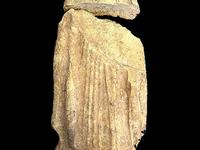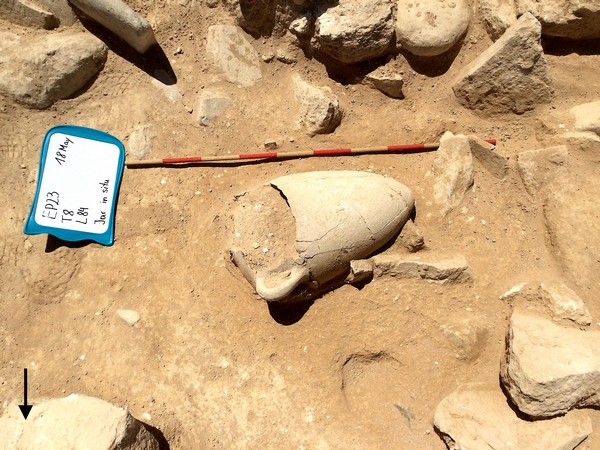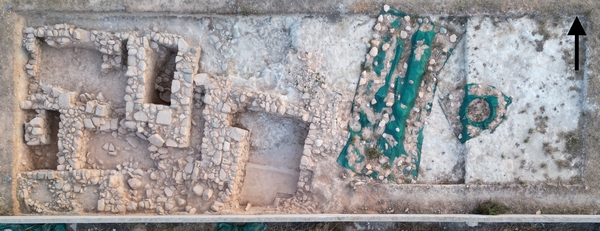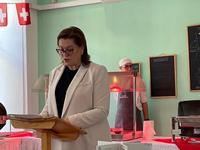Press Releases
05-07-2023 13:53
Announcement by the Department of Antiquities on the completion of the 2023 fieldwork season at Erimi-Pitharka site
The Department of Antiquities of the Deputy Ministry of Culture announces the completion of the 2023 fieldwork season at Erimi-Pitharka site, directed by Prof. Laerke Recht (University of Graz, Austria), Dr. Katarzyna Zeman-Wisniewska (Cardinal Stefan Wyszynski University, Warsaw, Poland) and Dr. Lorenzo Mazzotta (University of Salento, Lecce, Italy), with a team of students and experts from Austria, USA, Poland and Cyprus. This year’s field team consisted of nine team members, directed by L. Recht. The excavation works took place between 24 April to 26 May 2023.
The excavations focused on the northern part of Area 1A, both continuing trenches started in 2022, and opening adjacent trenches to follow exposed structures (plots 1109, 1110, 1111, 1209). The area consists of a building complex of connected rooms interspersed with exterior spaces, and an exterior space to the north and east of the trenches. To the south, the walls connect with earlier excavations by the Department of Antiquities, as well as reveal new structures. These clearly also extend to the west, which is now below the modern road.
Trenches 4 and 7 were exposed further (each 6x4 m), a new Trench 8 was opened to the west (6x4 m), and three small trenches were opened south of these, in order to uncover the structures near a modern cement wall (Trenches 4A, 7A and 8A, each 1x4 m).
In Trench 4, the excavation of Room 101 continued, which turned out to be much deeper than anticipated, with walls preserved to nearly 1 m. The upper layers of the room contained many collapsed stones and mudbrick material, and the top part of a narrow-necked pithos roughly halfway through the fill. In northern part of the lower layers, there was a thick ash layer associated with a mudbrick installation and the remains of two partially preserved plaster surfaces on top of a large gaming stone placed upside down. Below these, in the southern part of the room, there is a very well-preserved and well-made plaster floor.
Room 101 is connected with a sequence of more rooms to the west through an entrance in the northwest, leading to a corridor. This entrance was blocked at a later point and the corridor significantly narrowed by a wall running parallel to it. The rooms further to the west include R104, R105, R106 and R107. There is much disturbance and collapse of the walls, but those that are preserved are very well-built, quite broad (usually 60-80 cm) and in some cases up to 1.50 m deep. In a later phase, R106 and R107 were rearranged and became the smaller space of R102 and larger space of R103. To the north of this complex of rooms, there is an exterior space with a rubble surface.
The pottery found this year consists primarily of Pithos and Plain White ware, with some cooking/coarse ware, White Painted Wheelmade, Base Ring and White Slip wares. Imports are represented in the form of sherds of a Minoan transport jar and a nearly complete Canaanite transport jar with an incised potmark on the handle. As previously, the pottery supports an LC IIC date for the site, with some indication of earlier LC IIB and later LC IIIA presence.
Other notable finds from this year include a nearly complete Plain White three-legged pyxis, several gaming stones (including a very large one), grinding stones, a deliberately folded bronze razor and a decorated picrolite finger ring.
(MV/ECHR)
Relevant Press Releases

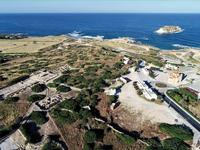

22-11-2024 11:25
The “Royal Chapel” of Agia Aikaterini at Pyrga closed for the public
